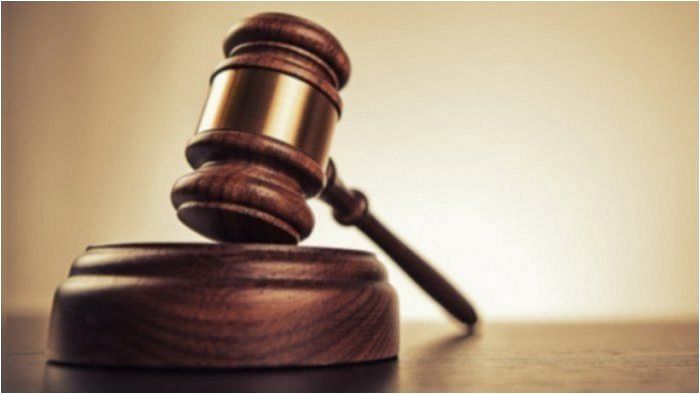
The acquittal by a district court in Uttar Pradesh of three of the accused in the Hathras gang rape and murder case of September 2020 raises many questions about the delivery of justice. The handling of the case by the UP police and administration, in the wake of the incident, had already raised questions. The court only found the prime accused, Sandeep Sisodia, guilty of culpable homicide not amounting to murder, as also offences under the SC/ST Act, and acquitted the three co-accused of gang rape charges. The acquittal is mainly based on a forensic report which found no evidence of rape.
But the findings of the report have been questioned by experts because the samples were examined after a gap of 11 days, by when the evidence would have been lost. The girl had categorically said in her dying declaration that she was gang raped by all the accused. The CBI, which took over the investigation from the UP police, had said that there was corroboration of the rape charge. The question why forensic samples were sent for examination 11 days after the incident has not been answered. The court in its reasoning has said that the girls’ statements had changed over the days and that the injuries on her body had been caused by assault by a single person.
Many questions persist. Why were the police in a hurry to cremate the body of the girl after intimidating and forcibly keeping her family members away? Why did the police declare, even when the investigation was on, that there had been no rape, and warned that action would be taken against those who ‘’twisted the matter’’? Have the accused got the benefit of the doubt because it was ensured that no material evidence remained? Did the accused benefit from being upper caste men, who, as it was clear during the initial days of the investigation, got the support of the police and the administration?
The family of the victim is disappointed with the verdict and has decided to appeal against it. The course of the case in its initial days had confirmed the impression that the dominant system in the country discriminated against the poor and the weak, and that the patriarchal and misogynist mindset in society worked against them, especially if they were women and Dalit. The Hathras case had shocked the nation and attracted a lot of public attention, like the 2012 Nirbhaya case. It is in the interest of justice that all questions about the case are fully answered to the satisfaction of the nation.